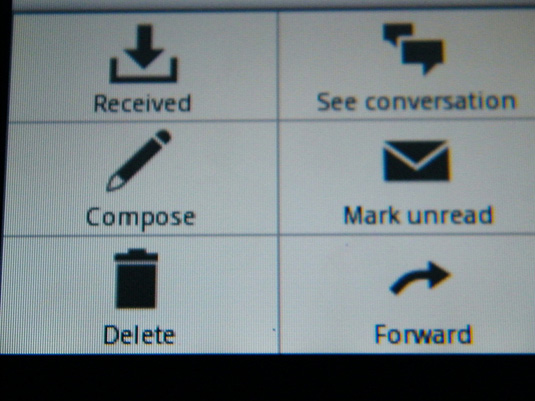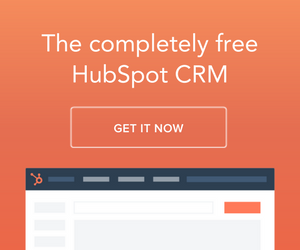How To Create An Email Marketing Strategy

You’ve been collecting email addresses from your customers with the hopes of using them to do some email marketing but you’re not exactly sure where to begin.
With everything you have on your plate, it’s hard enough to keep your business’s Facebook page up to date without having to worry about creating an email marketing plan. Sound familiar?
Although social media often gets the bulk of the attention from many small business owners, reaching out to your customers via email can be the perfect complement to your digital marketing efforts.
It allows you to capture their contact information when they eat at your restaurant or visit your website and push information out on a regular basis instead of just sitting around waiting for them to come back.
The key to getting your email marketing off of the ground is having the right plan. Let’s take a look at the process step-by-step:
- Know your audience. Who are they? What do you think they will hope to get out of your campaign? Once you’re able to accurately define who they are, you’ll be better able to provide them with relevant information.
- Establish clearly defined goals. What do you hope to accomplish as a result of your email marketing campaign? Do you want to increase attendance at your events? Drive more traffic to your website? As you define your goals, keep in mind you might not see huge results right away as it usually takes some time to build a loyal subscriber base—so be patient. Once your list starts to grow, and you’re able to arrive at the right content strategy, you should start to notice an uptick in sales.
- Identify useful content. What’s going to make your readers actually want to open your email and stay subscribed to your list? Usually, it’s a mix of helpful tips, special offers, sales, promotions, surveys, and seasonal/holiday-themed content (the old standby). You want to provide value-added content for your existing subscribers that they’ll also want to share with their friends--which will allow you to continuously increase the size of your reach. Once you start your campaign, identify the type of content that’s really resonating with your readership and use that insight to help generate ideas for future topics.
- Determine your frequency. How often does it make sense to communicate with your subscribers? Most businesses opt for once a month while some communicate more/less. Although it’s okay to ping your readers with special promotions and time-sensitive one-off messages on occasion, just be careful you don’t overdo it—that’s a sure way of getting folks to unsubscribe in a hurry.
- Determine your timing. When are your readers most likely to check their email? You want to find a time when your message is most likely to be read without getting lost amongst all of the other unopened emails in their inbox. There’s a ton of conflicting advice out there on what time of day works best so you might want to just start by thinking about when you go through your email. Data from the Buffer blog suggests the best time to send your email newsletter is between 8 pm and midnight.
When done right, email marketing can be a powerful tool for small business owners. Once you have your strategy in place, you’ll be able to proactively communicate with and engage your readers instead of sitting around waiting for people to find your website or Facebook page.
What about you?
Are you using email marketing to connect with your customers? If so, what strategy or tactic has been most effective? Share your thoughts by leaving a comment below.
By: Shawn Graham
[Image: Flickr user Digitpedia Com]

Leave a comment